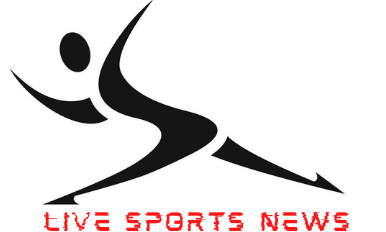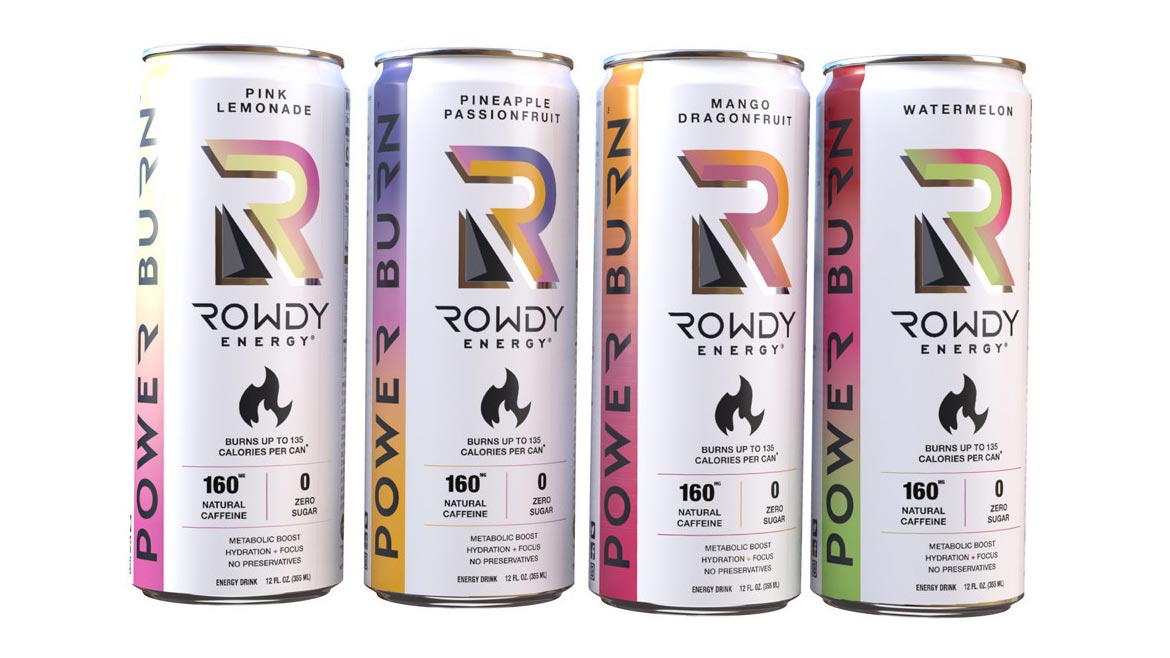Sports drink is a sort of functional beverage meant to keep athletes hydrated before and after physical activity. Its high in carbohydrates, electrolytes, and minerals and helps athletes perform better. Water, tastes, salt, sugar, potassium, and artificial colors are among the other ingredients. The sports drink market is likely to be driven by factors such as rising interest in healthy lifestyles, exercise activities, and increased involvement in marathons over the forecast period.
Furthermore, the market’s major development is attributed to a shift in target consumers and an increase in the number of athletes in emerging countries. According to Fortune Business Insights™, the sports drink market size was valued at USD 26.24 billion in 2020 and is anticipated to grow from USD 27.22 billion in 2021 to USD 36.35 billion by 2028 at a CAGR of 4.2% during the 2021-2028 period. The demand for such items is increasing as it aids in improving performance and stamina. The migration of people from rural to urban regions has resulted in a considerable population shift, which has altered consumption patterns.
Furthermore, during the forecast period, an increase in the number of sports players and athletes in emerging countries will be a major contributing factor. For example, Powerade, a leading brand, came up with new ways to re-energize athletes in January 2020. The company has expanded its product line to include new innovations such as zero sugar hydration drinks. Products containing branched amino acids, vitamin B12, B6, B3, electrolytes, and creatine have been introduced by the company.
Supply Chain Disruption to Hamper Growth During COVID-19 pandemic
Government limitations on travel, athletic events, and trekking activities have limited the market. Due to disruptions in the supply chain, lack of staff, and the movement of cars on road, movement of commodities has slowed. As a result of the epidemic, demand for consumer and retail items has decreased. For example, according to data issued by Food Business News in November 2020, the U.S. saw a 15% increase in retail sales of such items.
The rising popularity of fitness and physical activities among young people, their purchasing power, and willingness to consume high-quality products in exchange for healthy alternatives are predicted to fuel the market expansion. Sports drink has various health benefits, including the addition of vital nutrients, such as electrolytes, which aid in body balance and reduce the danger of dehydration. Furthermore, rising consumer awareness of product health benefits is expected to propel the sports drink market growth.
Industry Developments
June 2019: Coca-Cola confirmed the debut of its Powerade sports beverage in India, expanding its product line and providing customers with a variety of options.
July 2019: BOLT24, a low-calorie electrolyte beverage for athletes, was announced by Gatorade. The hydration-focused product contains no artificial sweeteners or flavors.
Top Companies in the Market Listed by Fortune Business Insights™:
- PepsiCo, Inc. (New York, U.S.)
- The Coca-Cola Company (Georgia, U.S.)
- BA Sports Nutrition (Whitestone, New York)
- AJE group (Lima, Peru)
- Britvic PLC. (Hertfordshire, U.K.)
- MyDrink Beverages (Minnesota, U.S.)
- Kraft Heinz Company (Illinois, U.S.)
- Nestle SA (Vevey, Switzerland)
- GlaxoSmithKline Plc. (Brentford, U.K.)
- Abbott Nutrition Co. (Illinois, U.S.)
Increasing Health Awareness to Boost the Market for Sports Drinks
Major players are introducing organic drinks in a variety of tastes to fulfill consumers’ needs. As people become more concerned about their health, there is a greater demand for nutritional, low-calorie sports drinks made with natural ingredients such as stevia. Many manufacturers benefit from constant R&D operations since it allows them to improve their production unit, which boosts income throughout the anticipated term.

